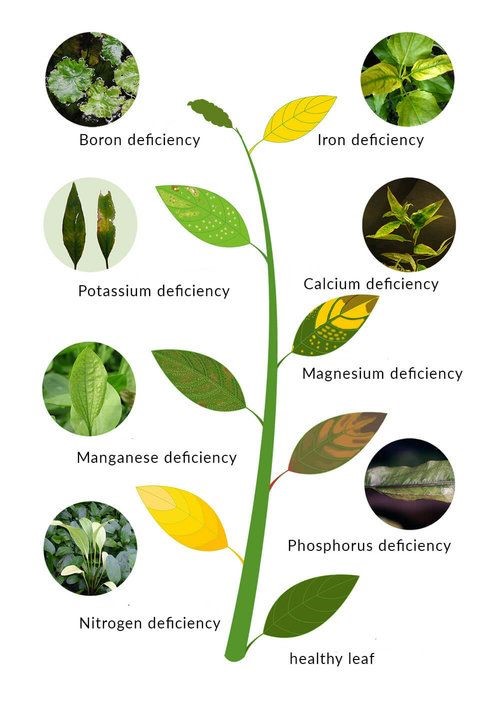Understanding Aquarium Plant Basics
Aquarium plants have much in common with the garden or house plants that you may be more familiar with. There’s a historical myth that they’ll thrive on the waste products of the fish and whilst there’s some truth in this, the reality is a bit more complex.

Adding plants to your aquarium is rather like placing a rose in a bucket of sand or gravel - you can add all the water you like but there’s not much in the way of useful nutrients available. They’ll struggle on the best they can but without the basic building blocks, you may notice signs of deficiency.
The good news is that you don’t have to be a mix of Stephen Hawking and Monty Don to solve these problems, as most of the required trace elements and nutrients can be found in a bottle of aquarium plant food. There are other variables, which equate to the gardeners’ principle of ‘right plant, right place’ and these can be an important factor when choosing plants which are likely to thrive.
Light is a bit like the petrol in an engine, it fuels the rate at which things happen. High lighting levels promote rapid growth, which increases the demand for nutrients. Some species have high light requirements, red species in particular can often be generalised as more demanding than their greener kin. At lower light levels these plants often produce more chlorophyll and green out.
Slow growing plants tend to be less demanding of light levels and as such, need feeding less often. This makes them a better choice for low maintenance systems where tending to the aquascape is less of an interest - think of it as the difference between a lawn and a shrubbery.
CO2 is another factor in dedicated plant tanks and like light, will drive the rate of demand of other nutrients. As plants use the carbon extracted to build their tissues, you can see how natural growth rates are linked to demand. Remember that plants only require carbon dioxide when your lights are on and that heavily planted aquaria may require aeration at night to avoid low oxygen problems that can harm fish. Dissolving into the water as carbonic acid, adding CO2 will lower pH and needs to be combined with an understanding of KH to avoid problems.
Depending on your main focus, it may be that you’re an aquatic gardener who has a few fish in a meticulously ordered plant tank, or a fish keeper looking for something green that your pets won’t destroy. Both approaches require a bit of consideration for the requirements of the plants and there’s no reason why you shouldn’t succeed with either approach.
Take a look at our online range of aquarium plants here or speak to your local store team about the plants that would work best in your tank set up.


